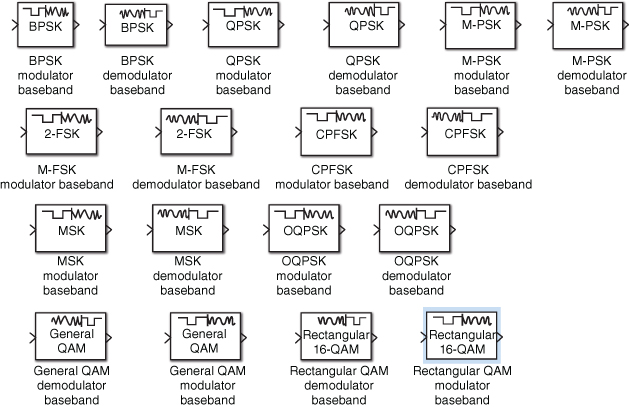10.1 Digital Communications with Block Coding in Fading10.2 BER Performance of BPSK in Rayleigh Fading with Interleaving and a BCH Block Code10.3 BER Performance of BFSK in Rayleigh Fading with Interleaving and a Golay(24,12) Block Code10.4 BER Performance of 32-FSK in Rayleigh Fading with Interleaving and a Reed-Solomon(31,15) Block Code10.5 BER Performance of 16-QAM in Rayleigh Fading with Interleaving and a Reed-Solomon(15,7) Block Code10.6 BER Performance of 16-QAM in Rayleigh and Rician Fading with Interleaving and a Reed-Solomon(15,7) Block Code10.7 BER Performance of BPSK in Rayleigh Fading with Interleaving and a BCH Block Code and Alamouti STBC10.8 BER Performance of BFSK in Rayleigh Fading with Interleaving and a Golay(24,12) Block Code and Alamouti STBC10.9 BER Performance of 32-FSK in Rayleigh Fading with Interleaving and a Reed-Solomon(31,15) Block Code and Alamoutix STBC10.10 BER Performance of 16-QAM in Rayleigh Fading with Interleaving and a Reed-Solomon (15,7) Block Code and Alamouti STBC10.11 Summary DiscussionProblems


